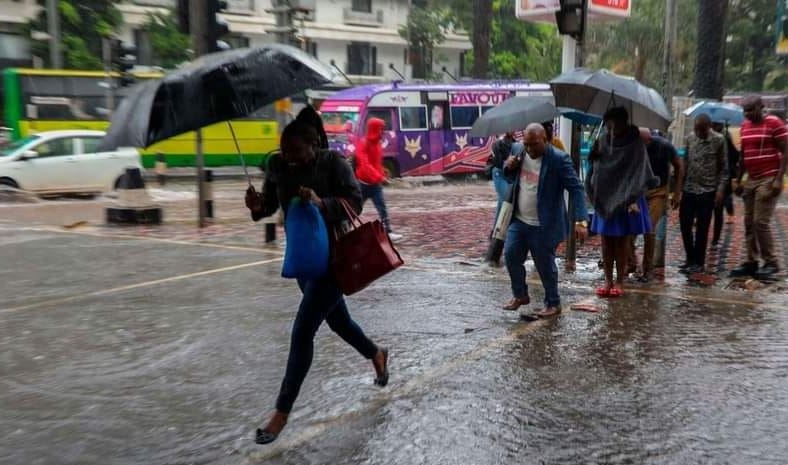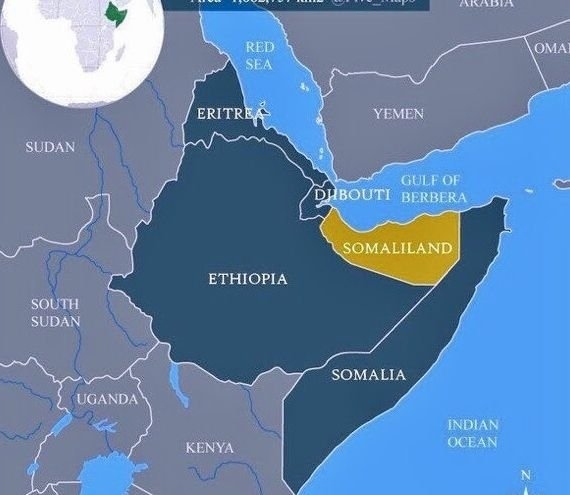

A new UN report has warned that millions of people in five global hunger hotspots are at risk of famine and death unless urgent humanitarian action is taken.
However, Kenya is among 10 countries that have been removed from the Hunger Hotspots list due to improved food security, offering a rare glimmer of hope amid worsening global hunger trends.
The joint report by the Food and Agriculture Organization and the World Food Programme showed that Sudan, Palestine, South Sudan, Haiti and Mali face the highest risk of extreme hunger and catastrophic food insecurity.
These communities according to the report, are already grappling with famine or are on the brink due to a combination of conflict, economic shocks and climate-related disasters.
The Hunger Hotspots: FAO-WFP Early Warnings on Acute Food Insecurity report stated that Kenya, Ethiopia, Lebanon, Lesotho, Malawi, Mozambique, Namibia, Niger, Zambia, and Zimbabwe have now been removed from the hotspot list.
The report attributed this improvement to better climatic conditions, improved harvests, and fewer extreme weather events, which have eased food security pressures.
Despite the positive development, the UN cautioned that these gains are fragile and could be quickly reversed if new shocks such as economic disruptions, conflict, or climate disasters resurface.
“The gains could reverse in the coming months unless urgent humanitarian action is taken and a coordinated international effort is mounted to de-escalate conflict, stem displacement and scale up aid,” the report warned.
The report pointed out the importance of sustained investment in early humanitarian action, stating that, "pre-emptive interventions save lives, reduce food gaps and protect livelihoods at a far lower cost than delayed responses."
FAO Director General QU Dongyu said the hunger crisis must be addressed as a current emergency, not a future threat.
“Hunger today is not a distant threat. It is a daily emergency for millions,” Dongyu said.
“We must act now, and act together, to save lives and safeguard livelihoods. Protecting people’s farms and animals so they can continue producing food, even under the harshest conditions, is essential.”
Cindy McCain, executive director of the WFP, described the situation as a “red alert.”
“We know where hunger is rising, and we know who is at risk,” said McCain. “We have the tools and the experience to respond. But without funding and access, we cannot save lives. The window to avert even more devastating hunger is closing fast.”
In addition to the five highest-risk hotspots, the report identified Yemen, the Democratic Republic of Congo, Myanmar and Nigeria as countries of very high concern. Burkina Faso, Chad, Somalia and Syria also remain on the list of deteriorating hunger hotspots.
The UN report indicated that humanitarian access in these areas is increasingly restricted due to insecurity, bureaucratic delays, or physical isolation. At the same time, critical funding shortfalls are forcing reductions in food rations, limiting the reach of life-saving nutrition and agricultural interventions.
Covering the period from June to October 2025, the report was developed with support from the European Union through the Global Network Against Food Crises (GNAFC).
It pointed out the urgent need for global solidarity and investment in anticipatory action to prevent further deterioration.
“Anticipating and mitigating emerging needs through early intervention not only saves lives but is also more cost-effective,” the report showed.














